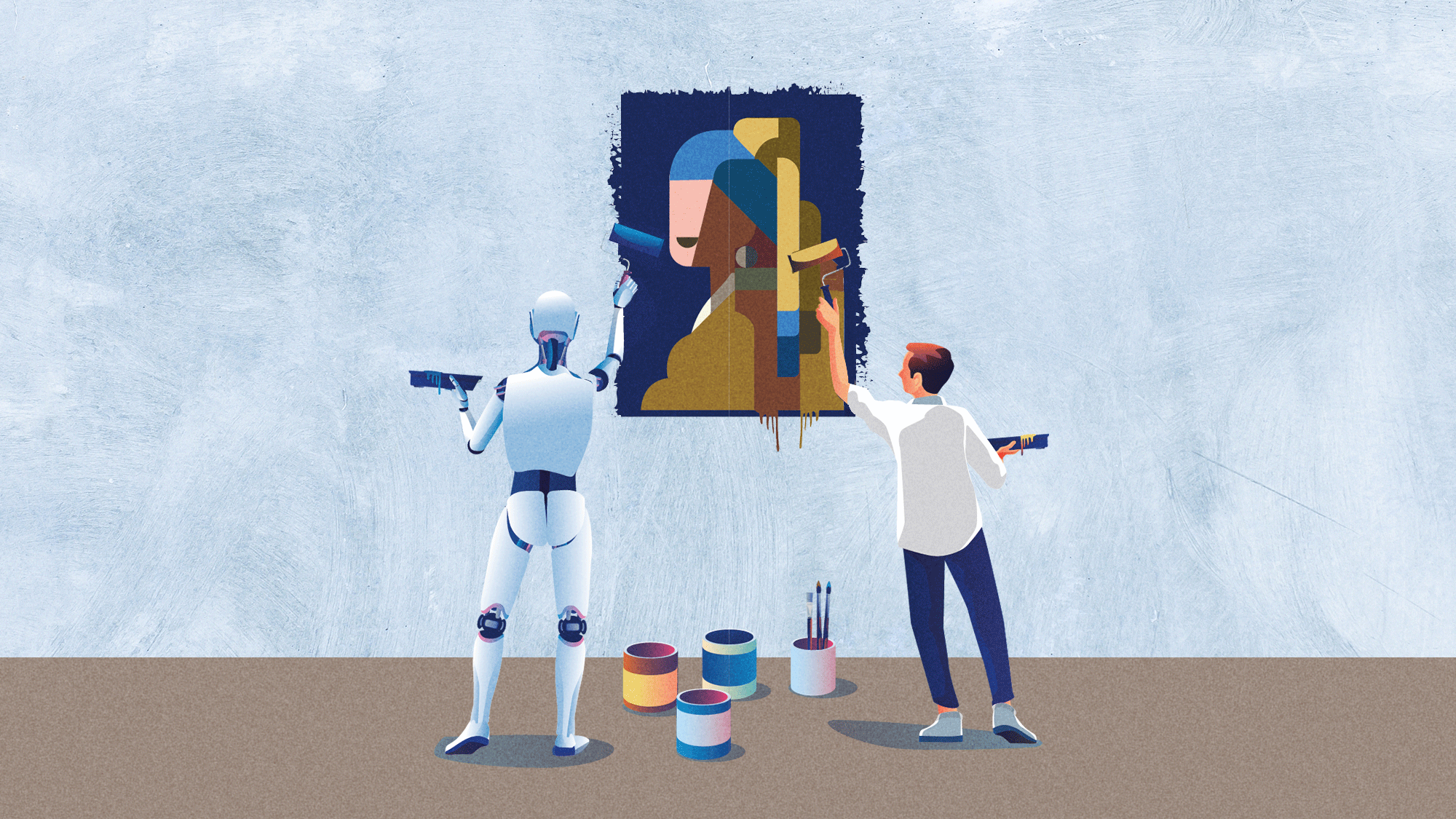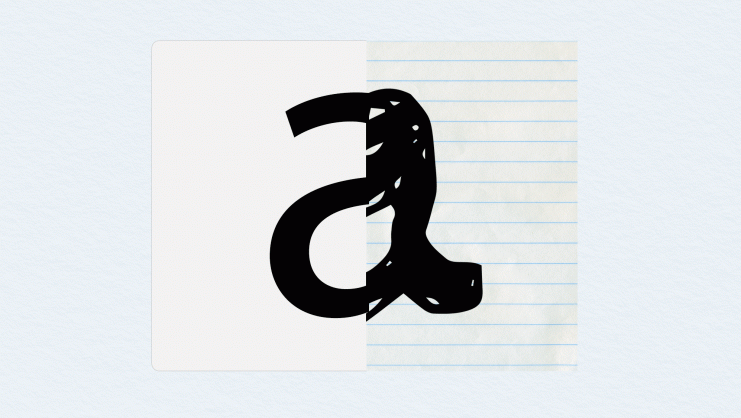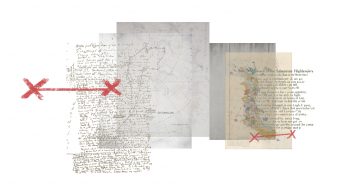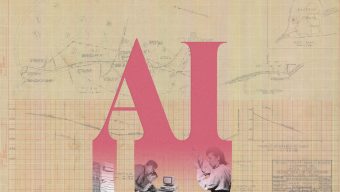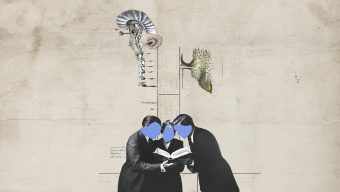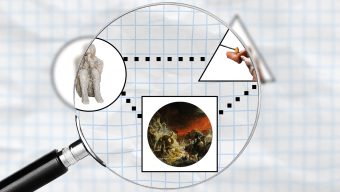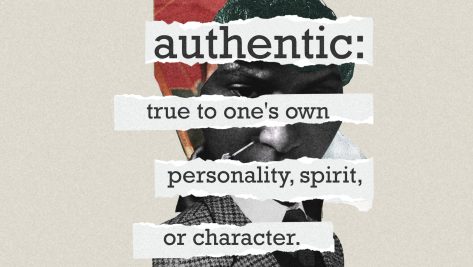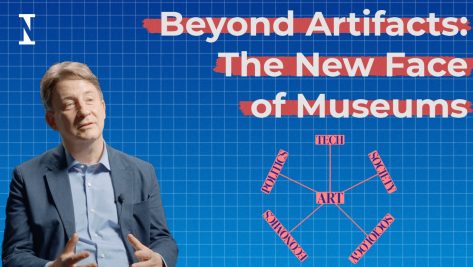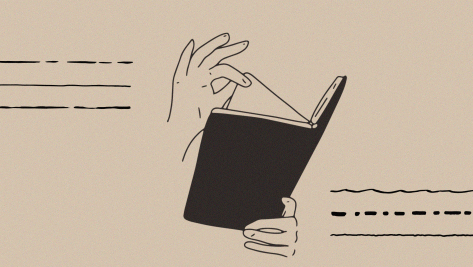All academic work and all creativity is theft. The world exists as it does, science interprets and explains it, and so does art. But neither make anything new. A quotation attributed to Picasso and Wilde in various forms but originally from poet T.S. Eliot is a fine example. Eliot wrote, “Immature poets imitate, mature poets steal.” Picasso is claimed to have said something similar about artists and Wilde distilled it into the rather zingier “Talent borrows, genius steals.”
Perhaps each coined their version in isolation, perhaps one took (aka stole) directly from another, or perhaps it was passed through ethereal channels of communication and manifested itself in different forms – giving a slightly different tangibility to a thought that each of them abstractly possessed.
The same circumstances also exist with more pragmatic inventions. For example, it is possible that the pneumatic tyre was invented by John Dunlop and Robert William Thomson in isolation. A Google search for ‘who invented the pneumatic tyre’ yields a top result that leads with ‘Thomson is the rightful inventor of the pneumatic tyre’ and a second result of ‘Dunlop developed the first practical pneumatic or inflatable tyre for his son’s tricycle.’
These examples illustrate the concept that all knowledge, ideas, and thought already exist, that we are simply in the process of finding it – through science and creativity. AI tools such as ChatGPT are microcosms of the universe of potential knowledge that has existed since the beginning of time. In a far smaller way, every AI prompt is simply reaching into this pool of knowledge and pulling out an interpretation. So, where does this fit into our existing ideas about creativity, about research, and about academic honesty?
The argument over using ChatGPT in education is not really about students using it to cheat, or find information, or digest and summarize countless pieces of information into something that can be immediately quite useful. Nor is it about the viability of AI tools as a legitimate creative source. Rather, the concern is about academic honesty and whether we wish to preserve the current principles of academic writing. What is the best way to integrate this powerful new tool into our research and creative processes?
Academic writing draws upon existing ideas, applies source analysis, and summary – and also adds a new perspective through critical thinking. Good academic writing identifies trusted thinkers and sources, while adding original elements. Ultimately, academic writing weaves together threads of thought that are filtered, analyzed, assimilated, and digested to create something new. It is essentially a structured process for mining existing knowledge.
The immense vastness of the internet makes knowledge unmanageable.
A key part of the academic writing process has always been the correct citing of existing ideas and giving recognition to those academics who laid the foundation for the next evolution of newer ideas. Plagiarism regulations in academic institutions enforce this principle – as well as the importance of instilling the practice of citation, and the ethics behind it, in students and would-be academic writers.
I grew up in a time when the content of my essays was drawn from a pile of carefully selected library books. I would whittle down a high pile of books to just those that were most relevant, interesting, inspiring. Some books that I expected to be useful would turn out to be quite the opposite while others would surprise me with little morsels that would spur my thinking and lead me in new directions. Compared with today’s students, I had access to a vastly smaller amount of information but I learned how to search, summarize, and select – and these skills led me to interesting places in my own writing. A pile of books is tangible and, more importantly, manageable and can provide enough insight to prompt new ideas.
Contemporary students who type a search term into Google or a prompt into ChatGPT do not have this same opportunity. The immense vastness of the internet makes knowledge unmanageable – and thus we resort to engines that tell us what we should know and AI tools that summarize the information without necessarily revealing the original. There is a high propensity these days for knowledge to arrive on our screens pre-digested and pre-packaged. There is nothing left for us to do but swallow.
Then there is artistic creation, which generally relies on the assimilation of innumerable life experiences, observations, texts read, paintings viewed, music heard, interactions had, emotions felt, and so on. In essence, artists create in a way that is akin to AI itself. Thus, using AI to assimilate artistic creation is very close to an artist’s own process (particularly compared with an academic), and resembles the approach of a mature poet who steals from all that which existed before.
This idea, however, does not sit comfortably with many artists. To assimilate from human experience, including experiences of other artworks, surely offers more than what AI can. Nick Cave, for example, feels that AI creations are essentially stripped of meaning and suffering. And of course there are already several law suits underway – from The New York Times to authors including Jodi Picoult and Jonathan Franzen – against ChatGPT and its compatriots for the misappropriation of intellectual property without citation or payment. Essentially: plagiarism.
Whether in academic or creative writing, it would appear that those institutions that have allowed citation directly from ChatGPT have done so in order to embrace the inevitable onslaught of tech trends and also to be seen as progressive. But they have done so hastily, and without considering how it impacts the values of academic honesty and the promotion of critical thinking.
In my art classroom, students use AI to generate images and texts that then serve as prompts to their own creative processes, rather than use it to generate finished artworks based on those prompts. They also use the technology to compare artists and artworks through initial summaries of contexts, biographies, and criticisms. So, essentially AI is a jumping-off point. This method helps to take the unmanageable vastness of available knowledge and turn it into something a little closer to a pile of books on one’s desk. It has the capacity to encourage students – and all of us – to consider going off in different directions in our quest for creation.
Academic institutions have a responsibility to help students understand the positive and the negative of using technologies like ChatGPT. We now have such boundless information at our fingertips, but we must use it with care and discernment. AI does have the ability to boost and inspire creativity, yet the unfortunate reality is that artists whose contributions have fed this creativity often go uncredited. Similarly, it provides access to a vast array of academic knowledge, but we should all understand that, ultimately, this knowledge is the property of the creators, not the technology.
Immature prompters imitate, mature prompters steal.
© IE Insights.



